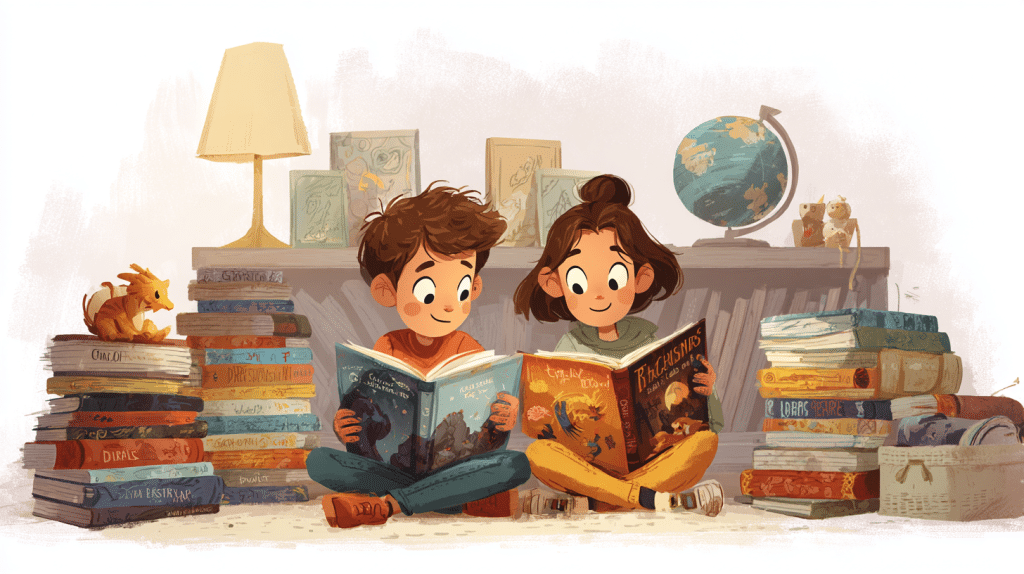Reading can be fun and exciting for children when they find the right books. One of the best options is graphic novels for kids, as they combine words and pictures to keep young readers engaged.
In this blog, I’ll explain what graphic novels are and how they differ from comics. You’ll learn about the main types, why they are good for children, and how they help with vocabulary and comprehension, and also share tips on choosing the right books by age, genre, and reading level.
To make things easier, I’ve included themed recommendations, expert and community picks, and even budget-friendly places to buy them.
By the end, you’ll have a complete list of ideas to start or grow your child’s reading habit.
What is a Graphic Novel and its Benefits?
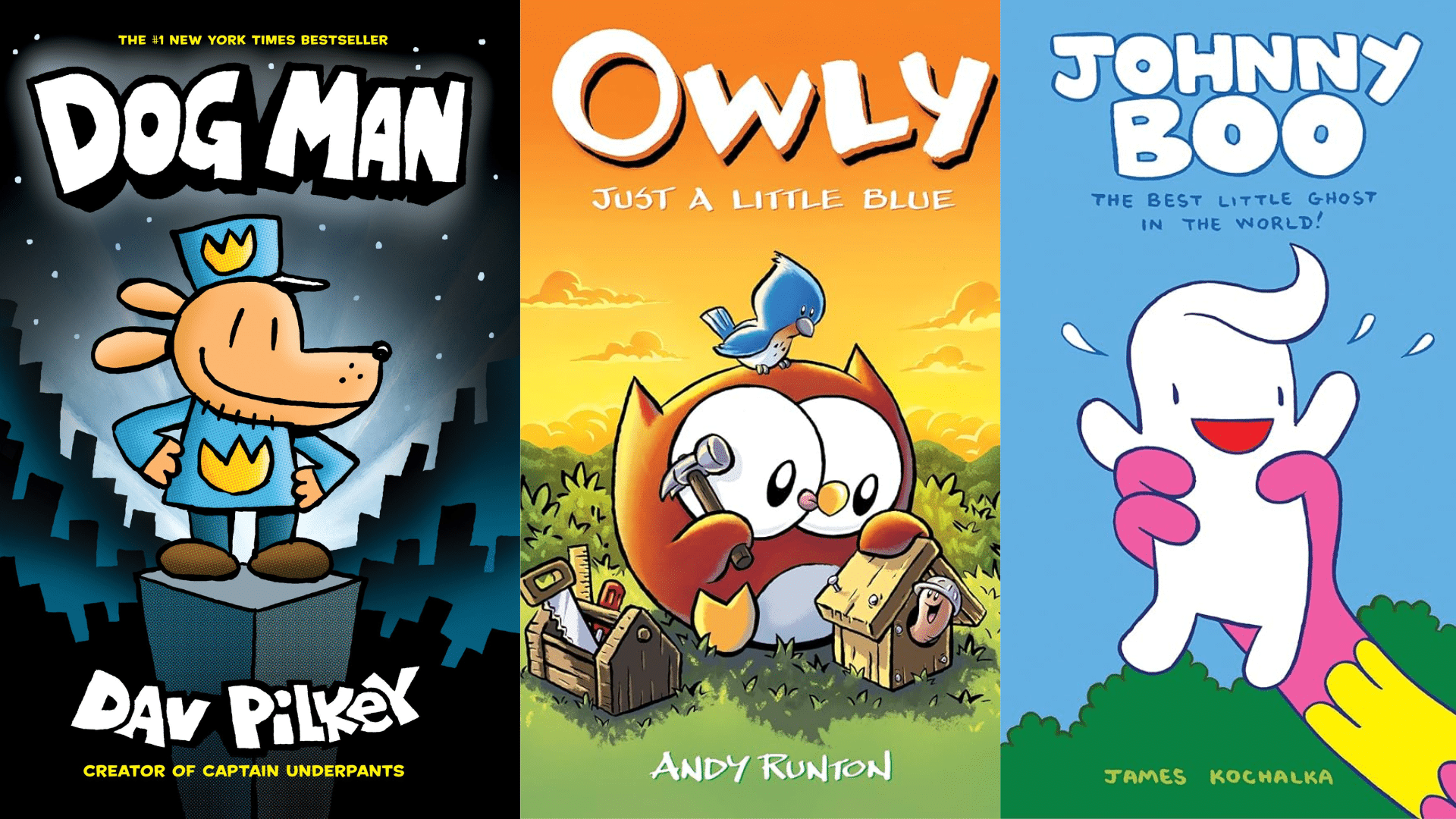
A graphic novel is a book that tells a story using both words and pictures. The story flows like a novel, but the art makes it feel more like a comic.
Many parents choose graphic novels for kids because they mix reading and visuals, making stories easier to enjoy and understand. They are also very good for children’s learning.
The mix of text and pictures makes reading less stressful and more fun, helping kids who might avoid regular books feel more confident.
Graphic novels build vocabulary by linking words with images, improve comprehension by showing meaning through art, and keep reluctant readers engaged with short sentences and strong visuals.
Different Types of Kids’ Graphic Novels
Graphic novels come in many forms. Here are the main types with simple examples:
- Fiction: Made-up stories with characters and thrills. Example: Dog Man by Dav Pilkey.
- Non-Fiction: Real-life stories or history shown in pictures. Example: March by John Lewis.
- Anthology: A collection of short stories in one book. Example: Flight edited by Kazu Kibuishi.
- Manga: Japanese-style graphic novels, often read right to left. Example: Pokémon.
Each type offers something different. Together, they give kids many ways to enjoy reading.
Comics vs. Graphic Novels
| Comics | Graphic Novels |
|---|---|
| Short in length | Longer, book-length stories |
| Often come in series or magazines | Usually stand-alone or complete stories |
| Focus on one episode | Tell a full story from start to finish |
Each type offers something different. Together, they give kids many ways to enjoy reading.
Kids’ Graphic Novels by Theme
Graphic novels come in many styles. Parents often look for themes that fit their child’s age, interests, and needs. Below are themed recommendations with examples.
Best for Beginners or Reluctant Readers
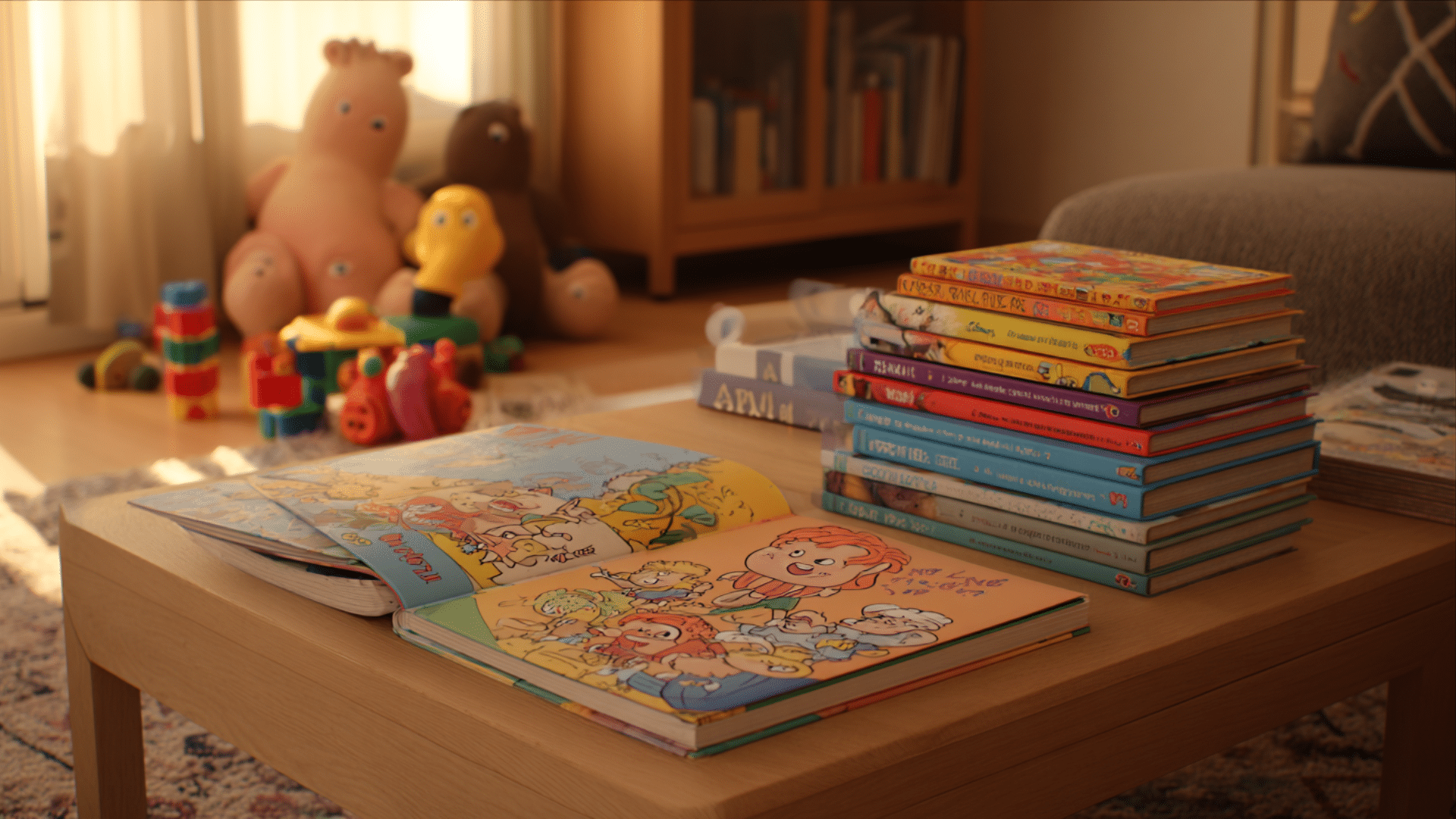
For kids new to reading, start with short texts, simple pictures, or nearly wordless stories. These books build confidence and spark interest.
- Dog Man by Dav Pilkey – A mix of humor and thrill with simple language that makes reading fun. Perfect for early readers who love silly plots.
- Cat Kid Comic Club by Dav Pilkey – Short, playful stories with lots of pictures. It helps kids enjoy reading without feeling overwhelmed.
- Owly by Andy Runton – Almost wordless, it teaches kids to follow stories through pictures and builds early reading confidence.
- Narwhal and Jelly by Ben Clanton – Funny tales about friendship, told in short chapters with lots of pictures.
- Binky the Space Cat by Ashley Spires – A silly cat who thinks he’s a space hero. Great for kids who like lighthearted humor.
- Johnny Boo by James Kochalka – Easy-to-read, silly story of a little ghost. Great for the youngest graphic novel readers.
- Pea, Bee, & Jay by Brian “Smitty” Smith – Simple text and bold art tell fun stories of friendship and teamwork.
- Burt the Beetle Doesn’t Bite! by Ashley Spires – A light, easy story with a funny insect hero. Great for boosting confidence.
- Baby Monkey, Private Eye by Brian Selznick & David Serlin – Repetitive phrases and funny drawings make it easy for beginners.
- Benny and Penny by Geoffrey Hayes – Short, sweet sibling stories with clear pictures for early readers.
- Guinea Pig, Pet Shop Private Eye by Colleen AF Venable – A quirky animal mystery series that’s fun and simple to follow.
These picks keep words light and fun, making reading less stressful and more enjoyable.
Best Funny & Silly Graphic Novels
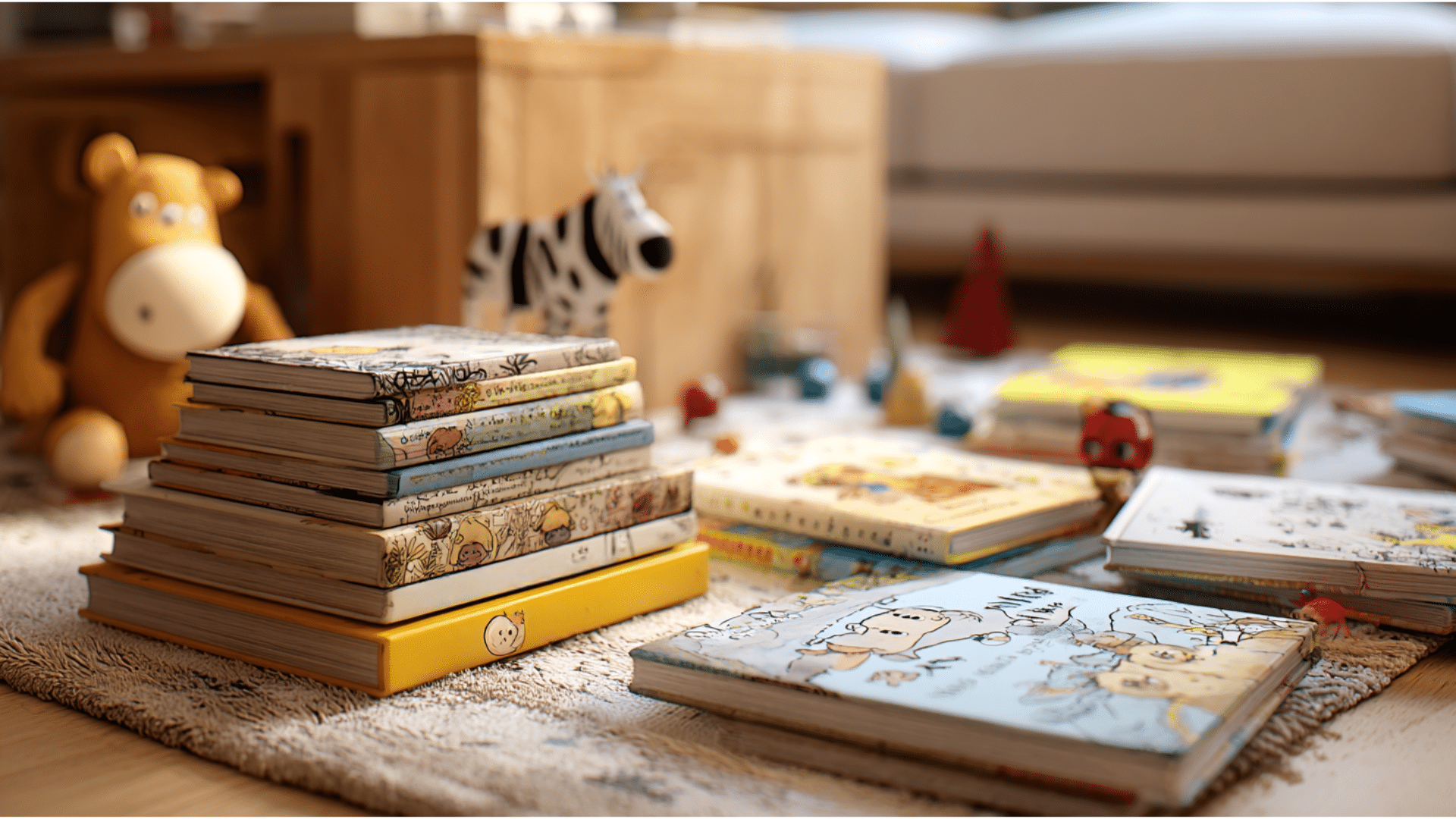
Funny books help children laugh while reading. Humor is a great hook for daily practice.
- Big Nate by Lincoln Peirce – School mischief, silly jokes, and relatable characters keep kids entertained.
- Jop and Blip Wanna Know? by Jim Benton – Funny questions with silly science answers, perfect for curious kids.
- Lunch Lady series by Jarrett J. Krosoczka – A lunch lady who fights crime in her spare time. Quirky and fun.
- The Bad Guys by Aaron Blabey – A group of “bad” animals try to be heroes with hilarious results.
- Captain Underpants by Dav Pilkey – Wild humor, silly plots, and flip-o-ramas keep kids laughing.
- Phoebe and Her Unicorn by Dana Simpson – A funny and magical friendship between a girl and her unicorn.
- Bird & Squirrel by James Burks – Opposite personalities team up for goofy full of laughs.
- Squish by Jennifer & Matthew Holm – A silly amoeba who deals with school and everyday problems in a funny way.
- Clark the Shark and Friends by Bruce Hale – Humorous underwater tales with big characters and simple text.
- Max Meow: Cat Crusader by John Gallagher – A superhero cat who saves the day in a laugh-out-loud way.
- Kitten Construction Company by John Patrick Green – Adorable kittens secretly build things while staying silly and fun.
These silly stories are lighthearted and easy to read, which keeps kids coming back for more.
Best Adventurous & Fantasy Picks
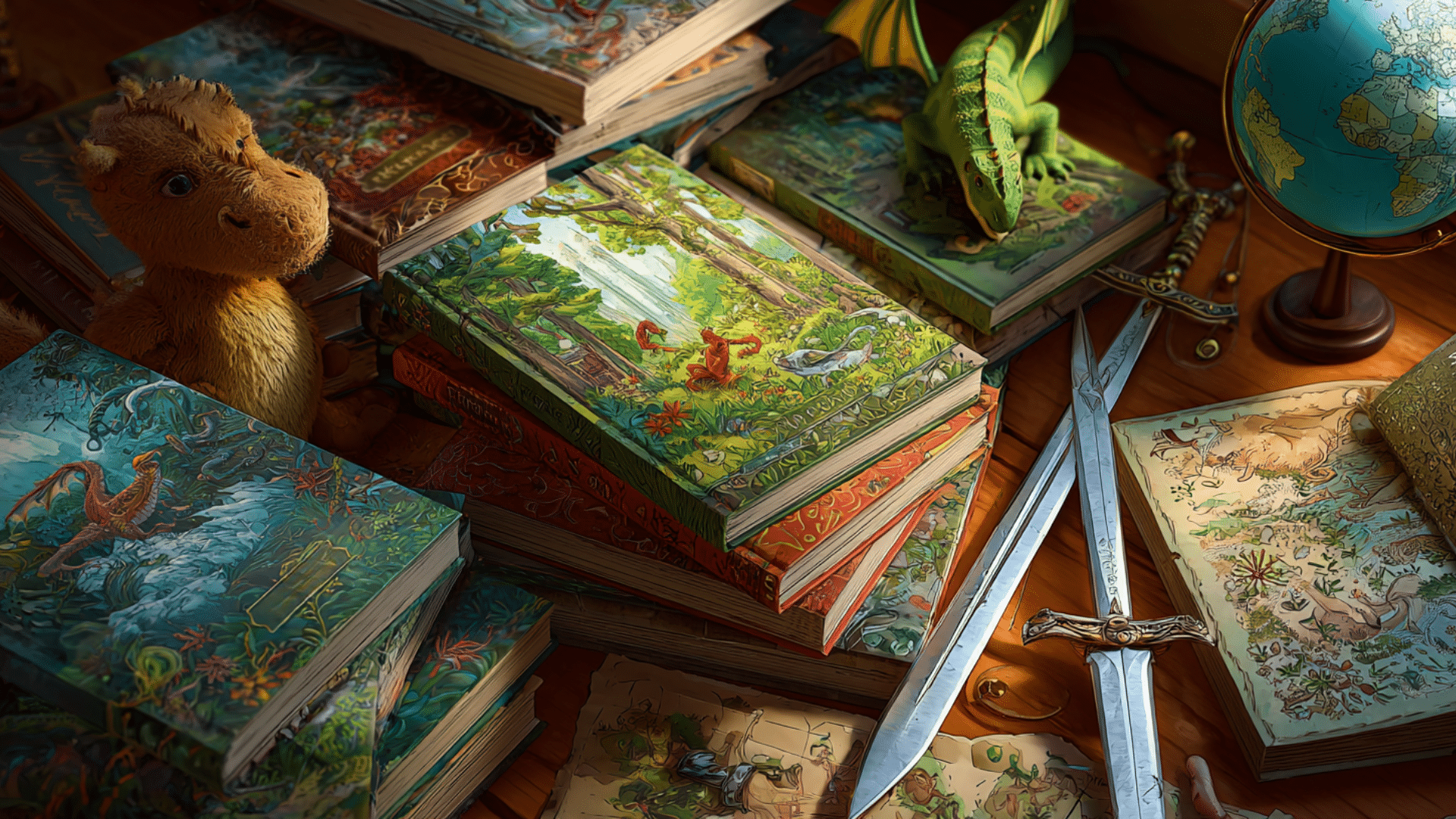
Fantasy books let kids know about magical worlds, strange lands, and epic battles.
- Hilda by Luke Pearson: A brave girl check up on magical forests and meets strange creatures. Whimsical and adventurous.
- Amulet by Kazu Kibuishi: Action-packed fantasy with a strong storyline and amazing art. Great for older kids.
- Wings of Fire graphic novels by Tui T. Sutherland: Dragon-filled with thrill full of battles and friendships.
- Zita the Spacegirl by Ben Hatke: A girl travels through space to save her friend, full of heart and humor.
- Mighty Jack by Ben Hatke: A twist on Jack and the Beanstalk with action and fantasy rolled together.
- Cleopatra in Space by Mike Maihack: Cleopatra as a teenager in a sci-fi setting, mixing history.
- The Last Kids on Earth by Max Brallier: Kids fighting zombies in a funny, action-filled post-apocalyptic world.
- 5 Worlds series by Mark Siegel and Alexis Siegel: A magical sci-fi world where teamwork and bravery save the day.
- The Stonekeeper’s Curse (Amulet #2) by Kazu Kibuishi: A deeper thrill in the Amulet series with higher stakes.
- Lightfall series by Tim Probert: A beautifully drawn fantasy world filled with magic and big challenges.
- Delilah Dirk and the Turkish Lieutenant by Tony Cliff: A bold female hero in an action-packed historical adventure.
These titles balance action with imagination, making them perfect for adventurous readers.
Best Diverse & Inclusive Graphic Novels
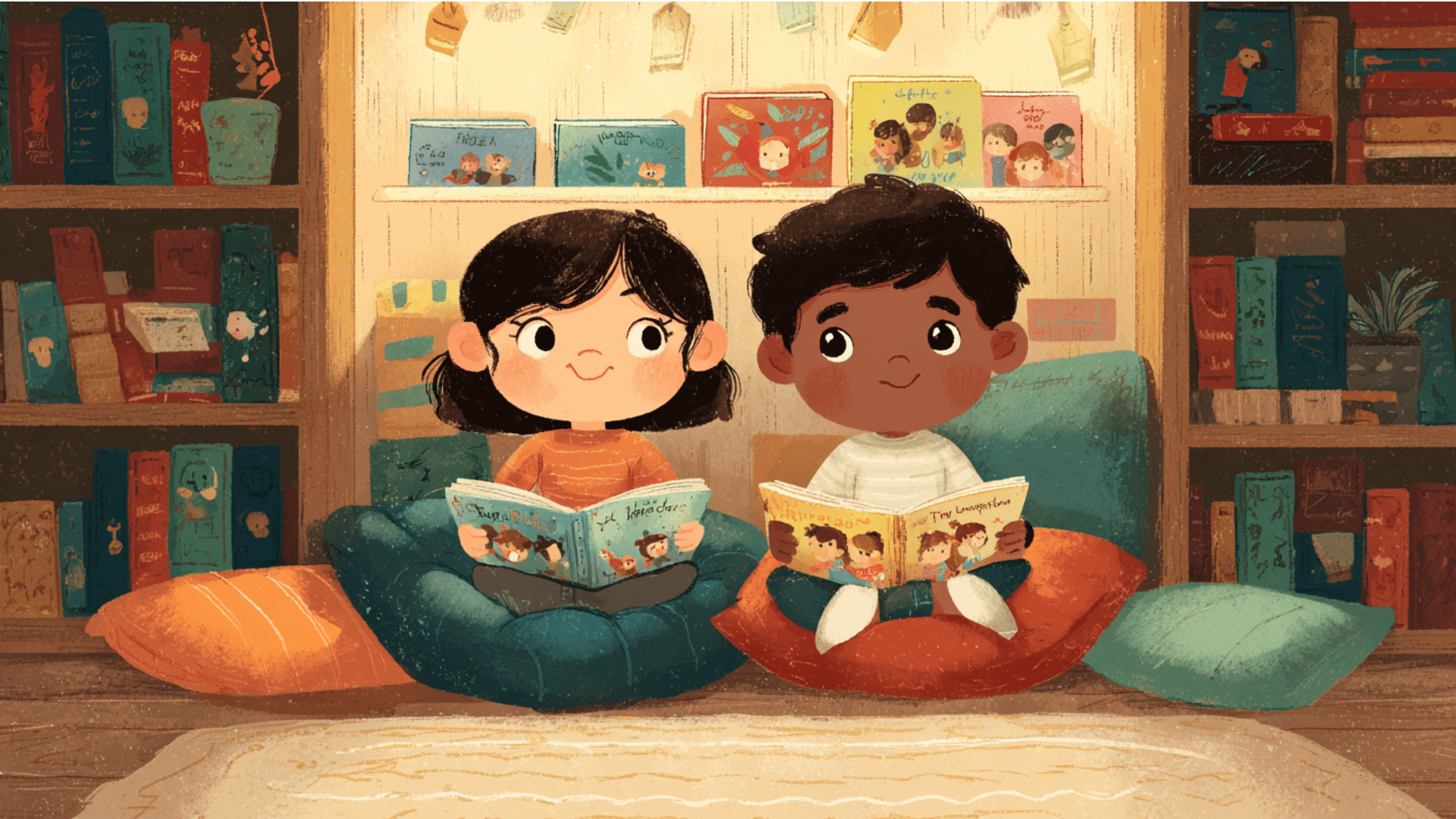
Books with diverse voices help kids see different cultures, families, and life experiences.
- New Kid by Jerry Craft – A boy starts at a new school and learns about fitting in. Funny yet thoughtful.
- Class Act by Jerry Craft – A follow-up to New Kid with more school life and important themes.
- When Stars Are Scattered by Victoria Jamieson – A touching true story about life in a refugee camp.
- Measuring Up by Lily LaMotte – A girl joins a cooking contest to connect with her family’s culture.
- Stargazing by Jen Wang – Friendship and family struggles told with warmth and honesty.
- El Deafo by Cece Bell – A memoir about growing up with hearing loss, full of humor and heart.
- Roller Girl by Victoria Jamieson – A girl finds her strength through roller derby and friendship.
- The First Rule of Punk by Celia C. Pérez – A hybrid of story and graphics about identity and creativity.
- Invisible by Christina Diaz Gonzalez – A diverse group of kids team up and find common ground.
- The Tryout by Christina Soontornvat – A story about belonging and chasing dreams in middle school.
- The Legend of Auntie Po by Shing Yin Khor – A mix of history and folklore with themes of identity and culture.
These titles give kids stories that reflect a wide range of voices and experiences.
Best Classroom & Educational Use
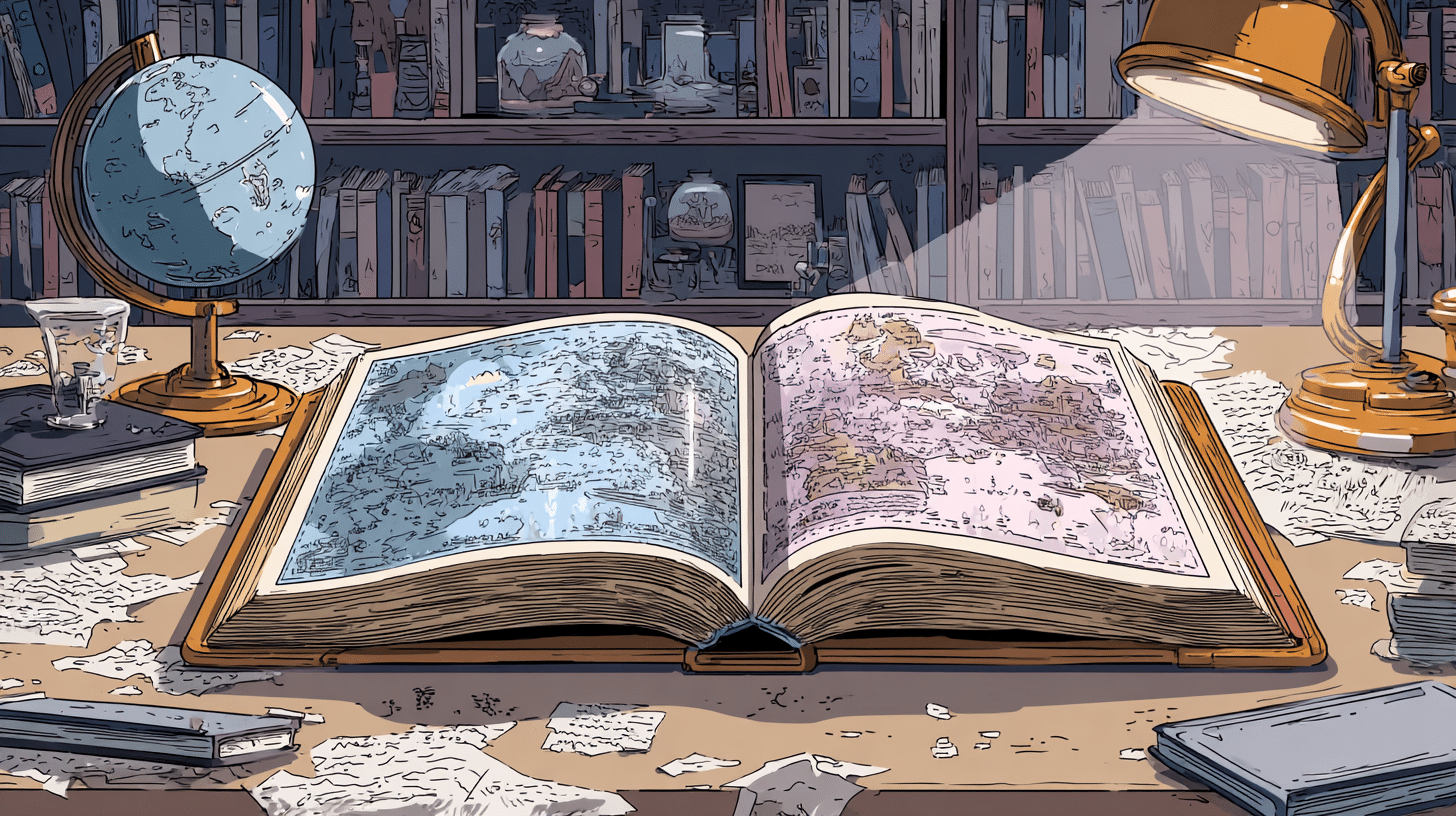
These books blend fun with learning, making them great for teachers and parents who want reading to build knowledge.
- History Comics series (various authors) – Each book explains a big event in history with humor and clear pictures.
- Science Comics series (various authors) – Kids learn science topics like volcanoes or the solar system in a fun way.
- Maker Comics series (various authors) – Step-by-step guides that teach hands-on skills like baking or crafting.
- Primates by Jim Ottaviani – Inspiring stories of three women scientists who studied primates.
- Astronauts by Jim Ottaviani – True stories of women who made space history, told in graphic form.
- Dragon Hoops by Gene Luen Yang – A mix of sports and storytelling, teaching teamwork and perseverance.
- Survivors of the Holocaust by Kath Shackleton – Real accounts of children who lived through the Holocaust.
- They Called Us Enemy by George Takei – A memoir about life in Japanese internment camps during WWII.
- Monster Science by Helaine Becker – Uses monsters to explain real science ideas in a funny way.
Educational picks help children learn history, science, and empathy while enjoying the novel.
How to Choose the Right Graphic Novel
When choosing graphic novels for kids, it helps to match the book with their age, interests, and reading level.
Children ages 5–7 do best with simple stories and bright pictures, like Dog Man or Owly. Those ages 8–10 often enjoy longer series such as Big Nate or Baby-Sitters Club, while kids 11–12 can handle deeper themes found in books like New Kid or Amulet.
Genre also matters, some children prefer funny stories like Cat Kid Comic Club, while others love fantasy adventures such as Hilda. Superhero titles like Miles Morales: Spider-Man bring action, while real-life stories such as Smile inspire and connect.
Educational options like History Comics also make learning fun. For reluctant readers, books with short text and strong visuals, recurring series, or even wordless stories can build confidence.
The right match makes reading enjoyable and encourages kids to keep going on their own.
Expert & Community Picks
Parents often want to know which graphic novels are trusted by teachers and loved by other families. Expert lists and community reviews can make choosing easier.
What Teachers Recommend:
- American Library Association (ALA): Highlights quality books like New Kid and When Stars Are Scattered.
- Scholastic Book Clubs: Popular classroom picks include Dog Man, Smile, and Baby-Sitters Club.
- Librarians: Often suggest titles that build both fun and learning, such as El Deafo or Science Comics.
Experts focus on quality and learning, while parents highlight what actually keeps kids hooked at home. Together, these picks give a balanced view.
Where to Buy
Parents often look for easy places to shop and good deals on graphic novels. Here are some trusted options and price ranges to guide you.
Popular Online Stores:
- Amazon: Wide selection, quick delivery, frequent discounts.
- Barnes & Noble: Budget deals and seasonal sales.
Price Categories:
- Under $30: Short and simple books, often for beginners (Big Jim Begins, Peter Pan graphic novel).
- $15-30: Mid-range titles and popular series like Dog Man or Baby-Sitters Club.
- Over $40/ Box Sets: Best for collections or gifts (DC Graphic Novels Box Set, Minecraft series).
Shopping within a budget is easy since many titles are available across different price points. Box sets are a smart choice if kids enjoy following a series.
Conclusion
Graphic novels are a simple way to spark a love of reading in children. They mix stories with visuals, making it easier for kids to stay interested and learn without pressure.
Parents can start with stand-alone titles for variety or pick a series that keeps kids coming back for more. Both options help build a steady reading habit over time.
If you’re looking for more ideas beyond graphic novels for kids. Check out my other blogs on children’s books and creative learning tips for even more inspiration.


